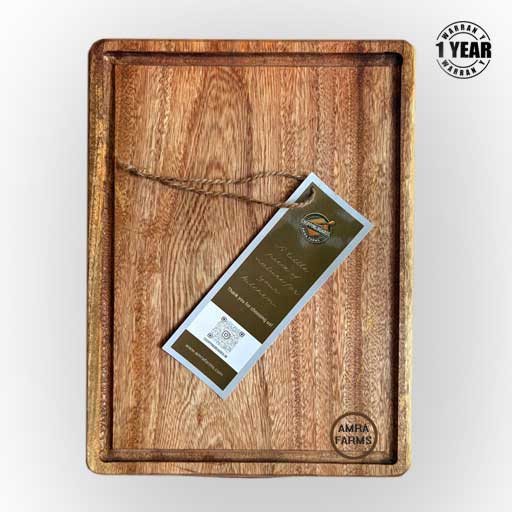Your cart is currently empty!
Get
20% OFF
On Mango Wood Chopping Boards

Blog
Traditional, Timeless Kitchen Tools and Accessories – Things My Grandma Used
Over the years a lot of things have changed in our kitchen. A kitchen 50 years ago did not have half of the accessories you have today. No refrigerators, no mixer grinders, measuring cups were a steel glass and there was no plastic at all anywhere in the kitchen. That is probably why most of…
Kitchen Tools Chefs Love and Cannot Live Without
I spoke to a dozen professional chefs and realized that the most important tools are not what I thought were the most important. Some of the tools we thought important were rarely used and sometimes even considered a waste of money. What amazed me was the simplest tools that chefs swear by. They were not…
8 Reasons why You should buy Wooden chopping boards
The past 4-5 decades have seen major changes in all industries including your home. While it may not be evident, chopping boards have evolved over the years too. Your regular wooden chopping boards have been replaced with steel, plastic, glass or composite material. While some of these materials were well received, some have failed to…
The Right Way to Oil Your Wooden Cutting Board: One Side or Both?
A wooden chopping board is an investment to most people who own it. They are more a piece of art for your kitchen than a utility or an accessory for just chopping. It’s a personality in itself. Maintaining a wooden chopping board is part of the whole process of owning a wooden cutting board. A…
The worst material for Vegetable Cutting boards
There are a lot of recommendations for Vegetable cutting boards but do you know what materials you shouldn’t choose for vegetable cutting boards? Over the years we have seen a lot of material in the chopping board industry. We have moved from traditional wooden chopping boards to mostly plastic. But other materials have evolved over…
Best wood types for chopping boards in Mumbai and where to buy them
Mumbai, the city that never sleeps. When you look at the culture of Mumbai and the lifestyle, it varies from the ultra-rich to poor. Everyone lives harmoniously in Mumbai. And when it comes to their needs, almost always, Mumbai provides. When it comes to chopping boards and kitchen accessories, you will find a wide range…
Choosing the Right Wooden Chopping Board in India: Teak, Tamarind, Mango, and Acacia by State and Climate
India is a country with a wide range of climatic conditions. While Kerala is known for its tropical climate, Gujarat is known to be dry. While parts of West Bengal are cool, the other part is hot. Tamil Nadu, being a close neighbor to Kerala, is dry while Kerala is humid. With so many variations,…
The Top Woods Used for Chopping Boards and Their Hardness Explained
Wood is the most used material for chopping boards. Even with so many other materials entering the market which are affordable and marketed to be durable, wood holds the largest market in the chopping board industry. Wooden boards are cheaper when locally acquired and vary from region, country, and often even between states or cities.…
Why Tamarind Wood Cutting Boards For Meat is Preferred Compared to Teak Chopping Boards
Teak is a tough wood and it is beautiful too. Then why is tamarind wood chopping boards preferred choice in commercial butcher shops compared to teak? Ever wondered why teak is not used for cutting meat in a commercial butcher shop? There are multiple reasons why butchers prefer tamarind wood and not teak, even though…





